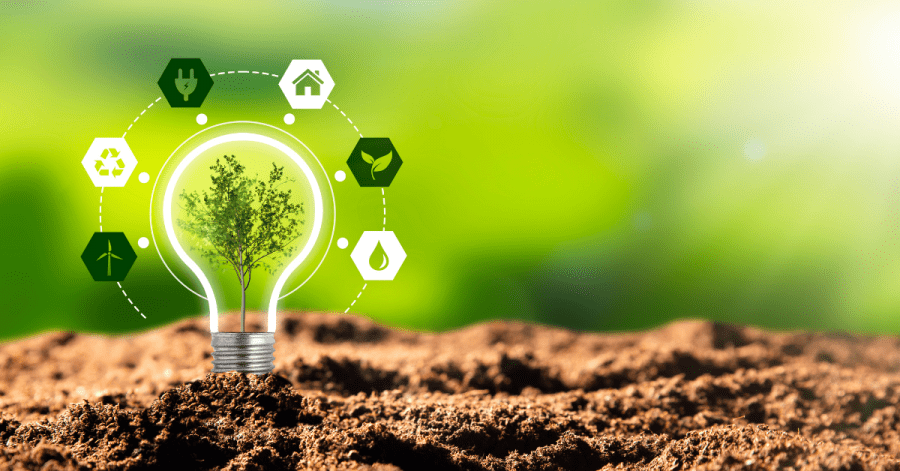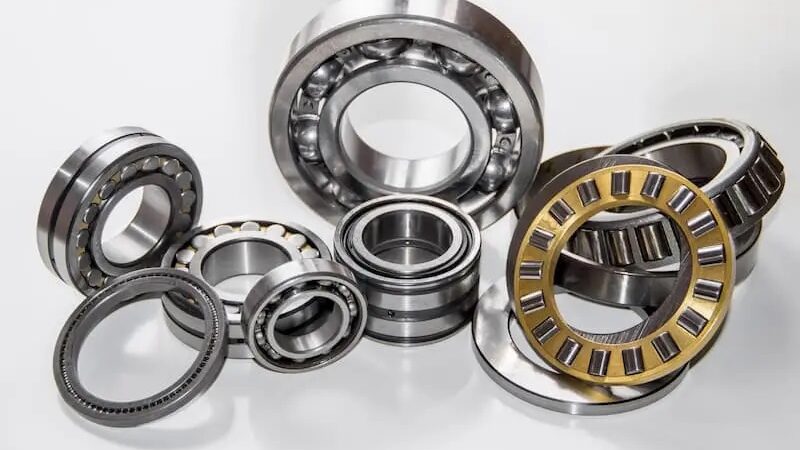Singapore’s Top Upcycling Company Driving Green Change

The operation runs from a modest industrial unit in Kallang, where Adrian Tay and his team of seven workers process approximately 15 tonnes of discarded textiles monthly, and this upcycling company represents a rare example of environmental enterprise achieving both commercial viability and measurable waste diversion in Singapore’s challenging business landscape. The materials arrive in industrial sacks from garment manufacturers, event companies, and corporate offices: advertising banners printed with expired promotions, fabric samples rejected for minor flaws, office curtains removed during renovations. What others classify as waste becomes inventory for Textile Resurrection, an operation that has survived seven years in a sector where most similar ventures fail within three. Understanding how this company functions reveals both the potential and the persistent obstacles facing green business in a city-state where environmental rhetoric often exceeds practical support.
The Origins and Evolution
Adrian Tay did not set out to become an environmental entrepreneur. His background was in corporate procurement, spending twelve years managing supply chains for a multinational electronics manufacturer. The waste he witnessed, particularly textile materials discarded during product packaging and transport, bothered him increasingly. In 2017, facing redundancy when his employer relocated operations to Vietnam, he made a decision that struck colleagues as impractical: using his severance pay to establish an Upcycling company focused on textile waste.
The first two years proved financially disastrous. Tay underestimated the difficulty of securing consistent material supply, the labour intensity of processing textiles into marketable products, and the price resistance among consumers comparing his bags and accessories against mass-produced alternatives. Revenue in 2018 totalled 47,000 dollars against expenses exceeding 80,000. He depleted savings accumulated over years, borrowed from family, and seriously considered shutting down.
The turning point came through an unexpected channel. A sustainability manager at a major bank, tasked with finding corporate gifts that aligned with environmental commitments, discovered Textile Resurrection’s products at a weekend market. The initial order for 200 laptop sleeves made from upcycled advertising banners led to ongoing corporate relationships that now provide 60 per cent of revenue. Tay had stumbled upon a market segment willing to pay premium prices: organisations purchasing sustainability narratives as much as physical products.
How the Operation Functions
Documentation from Textile Resurrection’s records, which Tay shared during multiple interviews, reveals systematic approaches developed through trial and error. Material sourcing relies on relationships cultivated with approximately 35 regular suppliers: garment factories, advertising agencies, event management companies, and facilities management firms handling corporate office waste.
The processing follows established sequences:
- Incoming materials undergo inspection and sorting by type, condition, and potential applications, with approximately 15 per cent rejected as unsuitable due to contamination or excessive wear
- Selected materials receive cleaning through industrial washing or dry cleaning depending on fabric composition, a cost centre that significantly impacts margins
- Design and pattern development determines optimal cutting layouts that maximise usable material whilst accommodating imperfections and prior use marks
- Cutting and fabrication by trained sewers working on industrial machines, producing approximately 800 to 1,000 items monthly across various product categories
- Quality control inspection before items enter inventory, with rejected pieces either reworked or, when beyond salvage, sent to textile recycling
The labour costs prove substantial. Seven workers, five of whom are full-time sewers, account for approximately 60 per cent of monthly expenses. Rental for the 1,200-square-foot industrial unit consumes another 4,500 dollars monthly. Equipment maintenance, utilities, and materials requiring purchase add further costs. The mathematics work only because corporate clients accept prices that would deter most individual consumers.
The Market Reality
Textile Resurrection’s sales breakdown reveals the economic foundation supporting the operation. Corporate orders, typically ranging from 100 to 500 units for promotional items or employee gifts, generate 180,000 to 200,000 dollars annually. Retail sales through the company’s online store and weekend market appearances contribute approximately 80,000 dollars. Custom orders from individual consumers add another 20,000 to 30,000 dollars. Total annual revenue has stabilised around 300,000 dollars, generating modest profit after Tay draws a salary considerably below what he earned in corporate employment.
The corporate market’s importance creates dependencies. When a major client reduced sustainability budget allocations in 2022, Textile Resurrection lost orders worth 35,000 dollars with minimal notice. Tay scrambled to replace that revenue, ultimately accepting lower margins on retail sales to maintain cash flow. The experience revealed the vulnerability inherent to businesses dependent on discretionary corporate spending tied to sustainability initiatives that rise and fall with budget priorities.
Measuring Impact
Calculating the environmental benefit requires examining what would happen to materials without Textile Resurrection’s intervention. The 15 tonnes of textiles processed monthly would likely face incineration, Singapore’s default for materials unsuitable for conventional recycling. By extending material life and creating products displacing virgin textile production, the operation generates genuine waste diversion and modest carbon savings.
Yet the scale remains limited. Singapore generates approximately 168,000 tonnes of textile waste annually. Textile Resurrection processes 180 tonnes, representing roughly 0.1 per cent of that total. Even if similar operations multiplied tenfold, the cumulative impact would barely register in waste statistics. The significance lies not in tonnage diverted but in demonstrating a viable business model and providing evidence that markets exist for products made from materials others discard, making this Upcycling company an example of how environmental enterprise can survive, if rarely thrive, in Singapore’s competitive commercial landscape.







